Ahoy, matey! Ye’ve come to the right place to learn about Value Stream Maps (VSM). Just as a treasure map can lead a band o’ pirates to buried treasures, so too can the VSM lead a process improvement bilge rat to the loot buried deep inside a process! Minitab Engage has an easy-to-use VSM tool to guide yer way.
Use a value stream map to illustrate the flow of materials and information as a product or service moves through the value stream. A value stream is the collection of all activities, both value-added and non-value added, that generate a product or service. The VSM is one of the most useful tools in your tool bag because it helps document the process, identify wasteful activities and spot opportunities to improve.
In this blog post, I look at five reasons why a VSM is like a pirate’s treasure map and one reason why it is not!
Reason 1: The Map Starts and Ends at the GEMBA!
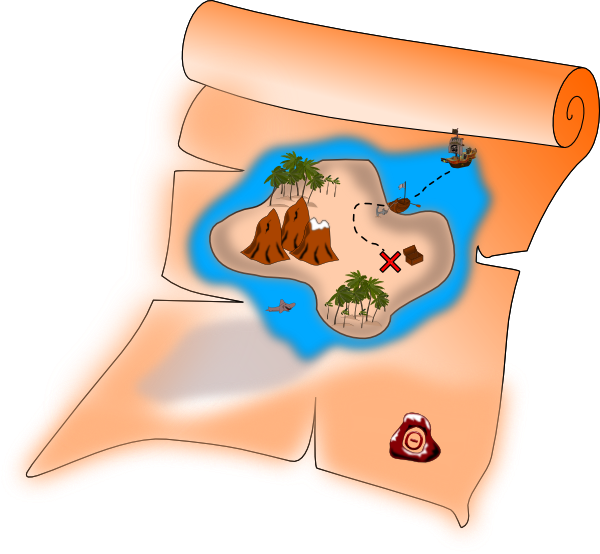 Maps have been around since ancient times and are often associated with pirates. When pirates buried their treasure on a remote island, they relied on the treasure map to lead them back to that crucial spot.
Maps have been around since ancient times and are often associated with pirates. When pirates buried their treasure on a remote island, they relied on the treasure map to lead them back to that crucial spot.
In Lean, the crucial spot is called the GEMBA. It’s where the ‘activity is happening,’ so it is the ‘place to be’! When pirates created their map, they usually started where they buried the gold and drew the map backward. Process improvement practitioners often do just that when creating a value stream map: start at the end of the process and work backward. But whether you start at the end or the beginning, to accurately capture the process and all rework loops, you must go to the GEMBA, walk the process and talk to the operators.
Reason 2: The Maps Are Hand-Drawn
When pirates created a map, they used a scrap of parchment and an ink quill to draw the most important landmarks leading them back to their treasure. Take a cue from the pirates and use pencil and paper to start your VSM. That way you can draw the map fairly quickly and change it easily as you learn more about the process. If you do projects with Engage, you can then create the final map in the VSM tool so you can capture data pertaining to each process step, such as inventory levels, defect rate, and cycle or takt time.
Reason 3: The Maps Use Standard Symbols
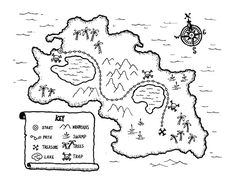 Unless you’re a scallywag, you will notice that pirates use symbols to identify important landmarks on their maps. Mountains are upside-down V’s, a wavy circle is a lake, a skull-and-crossbones represents danger, a dashed line charts the path to follow, and so on, until X marks the spot.
Unless you’re a scallywag, you will notice that pirates use symbols to identify important landmarks on their maps. Mountains are upside-down V’s, a wavy circle is a lake, a skull-and-crossbones represents danger, a dashed line charts the path to follow, and so on, until X marks the spot.
Similarly, a VSM uses symbols to illustrate the important parts of the value stream such as the process steps, suppliers/customers, inventory, transportation, product/information flow, and so on.
Engage uses these standard, industry-recognized symbols so that everyone in your organization will be able to read and understand your VSM. For a full listing of the symbols available in the Engage VSM tool, press the F1 key to open Help on the web and navigate to the Value Stream Map Shapes section.
Reason 4: Maps Contain Arcane Clues to Follow to Find the Hidden Treasure
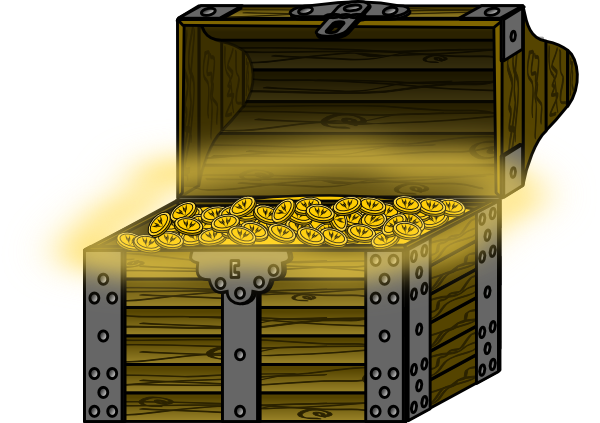 Pirates worried that someone could steal their maps and find their loot before they returned to retrieve it. They set traps and used arcane clues to mislead potential thieves.
Pirates worried that someone could steal their maps and find their loot before they returned to retrieve it. They set traps and used arcane clues to mislead potential thieves.
Like a pirate map, a VSM may seem difficult to decipher at first. But if you pull out your spyglass and look hard for clues, you will find the hidden gold. As you follow the map, keep on the lookout for the dangers: process waste!
The easiest signs of waste to decipher include the piles of inventory just prior to the bottleneck step, excessive non-value added time, push instead of pull hand-offs, defect rate, scrap rate, equipment downtime, and excessive set-up times—to name a few. Look hard and ask lots of questions of the operators in the process. Often you don’t need to dig deep to find these improvement opportunities.
Reason 5: X Marks the Spot!
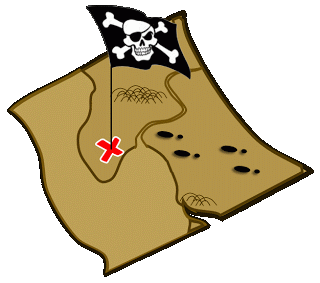 Shiver me timbers! On the pirate’s treasure map you will find the gold hidden under the big X! Same with VSMs: once you identify the improvement opportunities, use a Kaizen burst symbol to mark that spot. Gather your team of knowledgeable folks and start digging into the process. Look for the sources of waste, broken hand-offs, unclear decision points, rework loops, excessive activities and opportunities for simplification.
Shiver me timbers! On the pirate’s treasure map you will find the gold hidden under the big X! Same with VSMs: once you identify the improvement opportunities, use a Kaizen burst symbol to mark that spot. Gather your team of knowledgeable folks and start digging into the process. Look for the sources of waste, broken hand-offs, unclear decision points, rework loops, excessive activities and opportunities for simplification.
One Important Reason a VSM Is Not Like a Pirate Map: Cooperation!
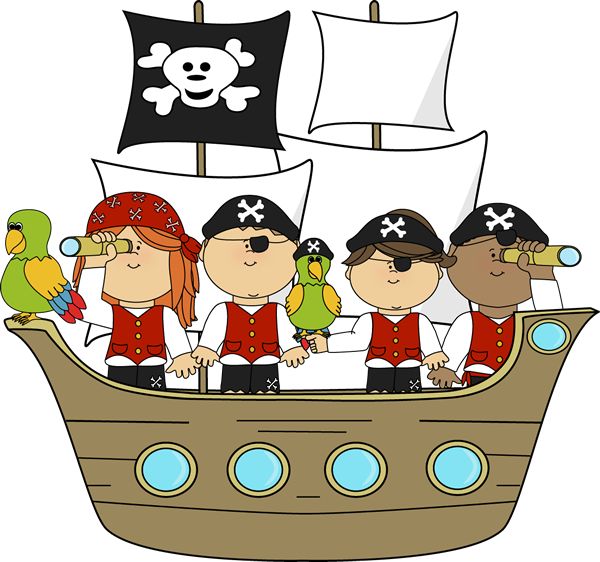 “Dead men tell no tales!” When pirates journeyed back to the site of the hidden treasure, a lot of backstabbing and trickery ensued. Typically, only one pirate arrived alive to claim the loot.
“Dead men tell no tales!” When pirates journeyed back to the site of the hidden treasure, a lot of backstabbing and trickery ensued. Typically, only one pirate arrived alive to claim the loot.
This should not be the case for your VSM effort.
Rarely does one person know all the details about a process! Work as a team to document the process, collect and validate the data, and then interpret the map and brainstorm solutions together. Finding gold with a VSM is a team effort, not an individual effort.
Next time your process makes you feel like you want to walk the plank, pull out your VSM tools, weigh anchor, and hoist the mizzen! You’ll be glad you did!




